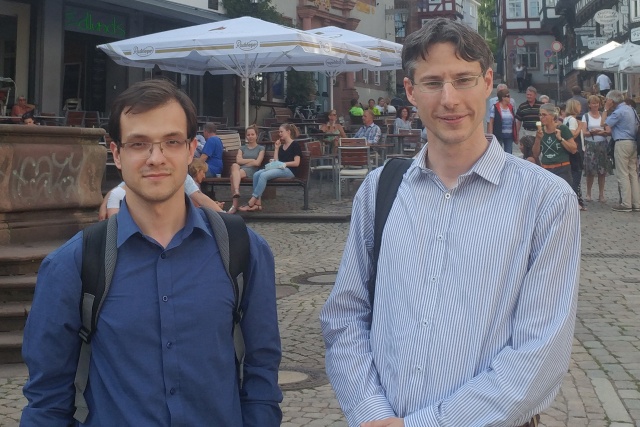Innovation of Hungarian researchers could revolutionise car-industry design technology testing
The framework created by Dániel Varró and his research team allows the construction of considerably larger models to test design technology in the car industry. The results will be presented at the most prestigious software technology conference, ICSE, in May.
7 February, 2018
Designing modern cars is a lengthy and thorough process. Engineers use software to model cars, and certain functions, such as the appropriateness of the controlling software, can be tested on these virtual models before the car itself is manufactured.
However, as these design tools are also computer programmes themselves, they might include software bugs, just like in a simple mobile application. Thus, the design software must be very thoroughly tested. Systematic software testing is a very complicated and costly process, but is indispensable to ensure the manufacturers that the models created by the programme can be trusted and used.
The researchers of the MTA-BME Cyber-Physical Systems Lendület (Momentum) Research Group, Oszkár Semeráth, András Szabolcs Nagy and the leader of the group, Dániel Varró, designed a software prototype based on the open source VIATRA framework, which makes systematic testing much easier. The new software can automatically generate graph models covering all possible networks which can be created in real, working systems.
 Oszkár Semeráth and Dániel Varró Source: Dániel Varró
Oszkár Semeráth and Dániel Varró Source: Dániel Varró With their method, far larger networks can be modelled: new graph models can have as much as 5 to 7 thousand nodes, while earlier this number did not exceed 100 or 150. Further studies proved that the emerging new models are more realistic than previous graph models. The research group is to present their findings at the most prestigious conference on software technology, ICSE (International Conference on Software Engineering), in May.
